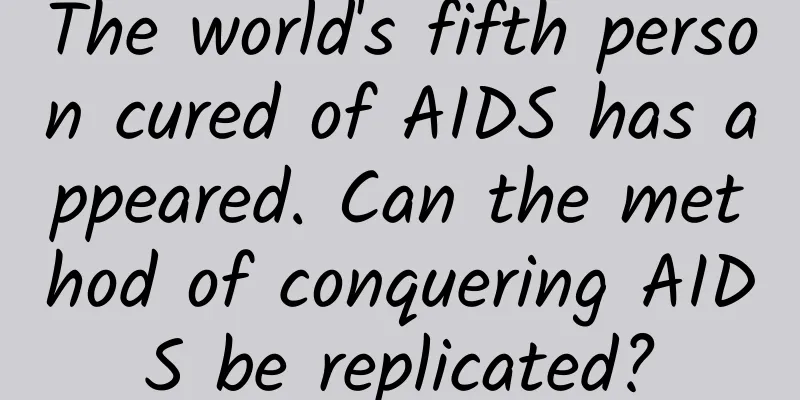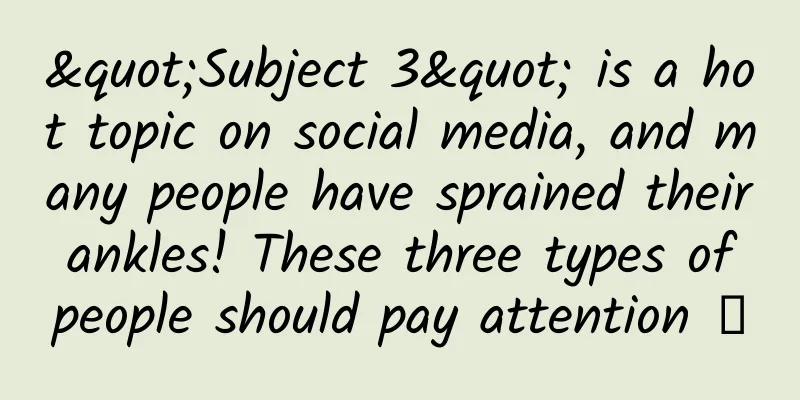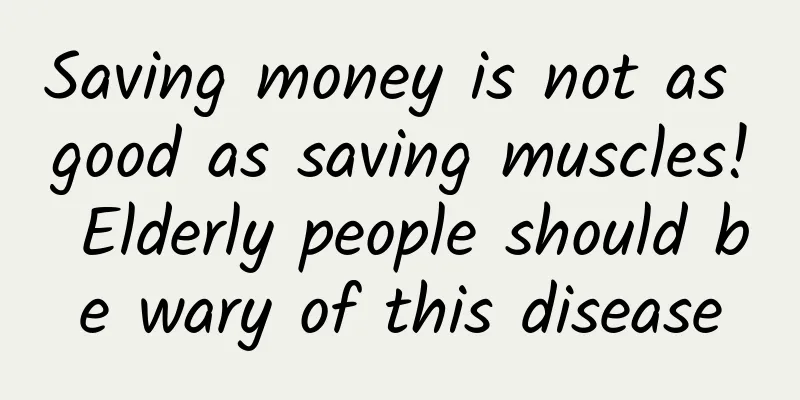The world's fifth person cured of AIDS has appeared. Can the method of conquering AIDS be replicated?

|
On February 20, 2023, researchers from the University Hospital of Düsseldorf and other institutions in Germany announced that a 53-year-old man from Germany had his HIV cleared after undergoing a stem cell transplant. It is reported that he is the fifth patient to be cured after undergoing the operation. In recent years, there have been many cases of AIDS being cured. Does this mean that humans have broken the curse of AIDS? Can this cure be replicated and used by more people? First, let’s see how the 5 patients were cured. HIV mainly attacks the human immune system, focusing on CD4+T lymphocytes. Similar to the new coronavirus, HIV also needs an auxiliary receptor to invade human cells - CCR5 (which can be understood as the key to open the cell door). If there is no such receptor in the human body, HIV will not continue to destroy human cells and cause the collapse of the immune system. Coincidentally, the world's first cured AIDS case is related to CCR5. His name is Timothy Ray Brown, who suffers from both leukemia and AIDS. In 2007, Brown received a bone marrow transplant in Berlin, Germany, and his HIV was eliminated. When treating leukemia, Brown first received radiation therapy to kill cancer cells and stem cells that produce cancer cells in the bone marrow, and then received a bone marrow transplant from a healthy donor to produce new blood cells. The bone marrow donor carried the CCR5-Δ32 gene mutation, which resulted in the loss of CCR5 . Scientists analyzed that it was probably because Brown also had this valuable gene mutation after receiving the bone marrow transplant that the newly born immune cells lacked the protein receptors that could bind to the virus. The virus lost the "key" to invade cells to proliferate itself, and was eventually completely eliminated by the human body. Thus, Brown became the world's first cured AIDS patient, also known as the "Berlin patient." Unfortunately, in the nearly 10 years since then, there has been no cure case similar to the "Berlin patient." Once again, a study published in the famous academic journal Nature in 2019 brought hope to AIDS patients. An HIV-infected person known as the "London patient" entered sustained remission of HIV infection after receiving hematopoietic stem cell transplantation therapy for lymphoma. Even after stopping antiviral drugs, no signs of HIV recurrence were found in the following 18 months. Subsequently, the authors changed the evaluation of the "London patient" after CCR5-Δ32 hematopoietic stem cell transplantation published in Nature from "long-term remission" to "cure". In 2022, the "City of Hope" and the "New York Patient" were cured. The "City of Hope Patient" is a 66-year-old AIDS patient who was diagnosed with HIV-1 in 1988. He then developed leukemia. After receiving a bone marrow transplant in 2019, he stopped taking antiretroviral drugs for more than 17 months, and doctors did not find any signs of HIV-1 virus replication. The patient is also the oldest patient to be cured of AIDS so far. The "New York Patient" is a female AIDS patient who received a cord blood stem cell transplant to treat acute myeloid leukemia. After stopping antiretroviral drug treatment, no HIV virus was detected for up to 14 months. In 2023, the "Düsseldorf patient" appeared. This 53-year-old male AIDS patient was diagnosed with acute myeloid leukemia in January 2011. He received a CCR5-Δ32 stem cell transplant from a female donor in February 2013. Nearly six years after the stem cell transplant, he stopped antiretroviral therapy. Since then, the research team has not observed HIV-1 RNA rebound or a surge in immune response to HIV-1 protein. These five AIDS survivors have many similarities. First, they were all suffering from AIDS and cancer. Second, they all underwent hematopoietic stem cell transplantation. Third, those who are willing to donate bone marrow must carry the CCR5-Δ32 gene mutation, which means they are resistant to HIV. People often say that 30% is determined by fate and 70% is determined by hard work. So, what proportion do the above three conditions each account for in the healing process? Let's analyze them one by one. People with HIV are more likely to develop cancer AIDS originated in Africa and was brought to the United States by immigrants. Soon after, AIDS spread rapidly to all continents of the world. In 1985, a foreign youth who was traveling in China fell ill and was admitted to Peking Union Medical College Hospital. He died soon after. It was later confirmed that he died of AIDS. This was the first time that AIDS was discovered in China. The reason why AIDS kills people is because the AIDS virus can cause an imbalance in the human immune function . Healthy people have a balanced immune system, so tumors and cancerous cells in the body can be detected and removed in time to keep us healthy. But for HIV-infected people, due to their decreased immune function, cells are prone to mutation, especially cancer, which cannot be controlled by the immune system, so HIV-infected people are more likely to develop tumors than healthy people. According to a survey, more than 40% of HIV-infected people are prone to malignant tumors , and cancer has gradually become the main cause of death for AIDS patients. So, can these patients with AIDS and cancer undergo stem cell transplantation? Stem cell transplantation is not as simple as imagined For these five cured cases, we can say that we have found the target for treating AIDS, but there are still many difficulties in popularizing it to more people. The first is the safety of stem cell transplantation. Before undergoing hematopoietic stem cell transplantation, patients must undergo intensive chemotherapy to clear out their original bone marrow hematopoietic system. This means that the patient's immune function is almost zero at this time, making it easy for various infections to occur. Even if the hematopoietic stem cell transplantation can be completed, there may be strong rejection, infection, and even death. Second, the application of stem cell transplantation is limited. Allogeneic stem cell transplantation requires matching and is limited to patients with combined blood system tumors (various leukemias, multiple myeloma, and malignant lymphoma). As mentioned earlier, the first two patients who were cured both had blood system tumors, and their original intention of undergoing hematopoietic stem cell transplantation was to treat blood diseases. Fortunately, they found a suitable match. However, this is really difficult. There are too few lucky people who have the CCR5-Δ32 gene mutation There are more than 20,000 genes in the human body, and genes are composed of bases. The human body has 3 billion base pairs (half from your father and half from your mother), and each gene is composed of four bases arranged in ATCG. Due to the complexity of the organism itself, the length of the gene is not uniform and varies. In the CCR5 gene, if 32 bases in the gene coding region are missing, the CCR5 gene cannot encode proteins normally, which becomes the so-called CCR5-Δ32 mutation. However, only the homozygous CCR5-Δ32 mutation from parents can fight HIV. However, there are too few people who carry the CCR5-Δ32 gene mutation. According to relevant research statistics, currently only about 1% of Caucasians (mainly Europeans) have this homozygous CCR5-Δ32 gene mutation. It is conceivable how difficult it is to find such a "lucky person" who is willing to donate bone marrow. According to the United Nations data in 2021, there are currently about 38.4 million people infected with HIV worldwide. Among them, 36.7 million are adults and 1.7 million are children under the age of 15. If humans want to completely conquer AIDS, there is still a long way to go. References: [1] Zhang Z,Fu J,Xu X,etal.Safety and immunological responses to human Mesenchymal stem cell therapy in difficult-to-treat HIV-1-infected patients[J]. Aids, 2013, 27(8):1283-1293. [2] Jiao Yanmei, Yang Hongge, Wang Fusheng. Progress and challenges in research on functional cure of AIDS[J]. Chinese Journal of AIDS and STDs, 2017, 23(1):92-93. [3] Fei Lin. Double CCR5 gene mutation can prevent sexual transmission of HIV[J]. Foreign Medical Information, 1997, (22): 16. [4] Baidu Encyclopedia - The Berlin Patient |
<<: Even making coffee is related to mathematics?
>>: Without refrigerators, how did the ancients preserve food? They came up with 7 ways
Recommend
An overlooked source of salt: mustard tuber
Salt is the most important condiment in life. In ...
Why has JavaScript become the first choice for many mini-programs?
[[256303]] Since Baidu first proposed the concept...
If there are changes in this private part of the male body, it may be cancer!
When it comes to breast cancer, the first reactio...
2022 Alipay Collection of Five Blessings Official Guide: More than 1,000 merchants will issue blessing cards
Although it is complained by many people every ye...
The buildings are there and the swallows are there, but they are “out of touch with reality”. Why are swifts long-term “residents” of Beijing?
Every spring and summer, agile figures can often ...
Samsung S5's powerful fingerprint function sharing
Samsung's new flagship GALAXY S5 has brought g...
9 things you need to know about eating watermelon healthily
Watermelon is the favorite fruit of most people i...
Do you think you can operate well just by reading the dry goods? Stop dreaming!
Just like I have heard a lot of truths, but I sti...
How to use email marketing automation tools to enhance software company sales?
SaaS company sales are divided into "interna...
The Great Cold, New Year's Eve and Spring Festival are "happily linked" only five times in this century!
Science Fiction Network, January 19 (Jin Kaiyi) T...
Create vitality, ZIVOO seizes the commanding heights of smart home fashion
Home electronic products always give people the i...
A talk on interstellar migration: Is it better to place humans in one cradle on Earth, or to put them in several baskets?
I often say that human beings are like a group of...
Essential for increasing followers: Learn the fission promotion methodology in 5 minutes!
Written in front I personally participated in a c...
How much does a box of Niraparib cost? How much does a box of Niraparib cost?
How much does a box of Niraparib cost? How much d...
5 marketing tips to make users fall in love with your promotions
Have you ever been troubled by the fact that no o...









